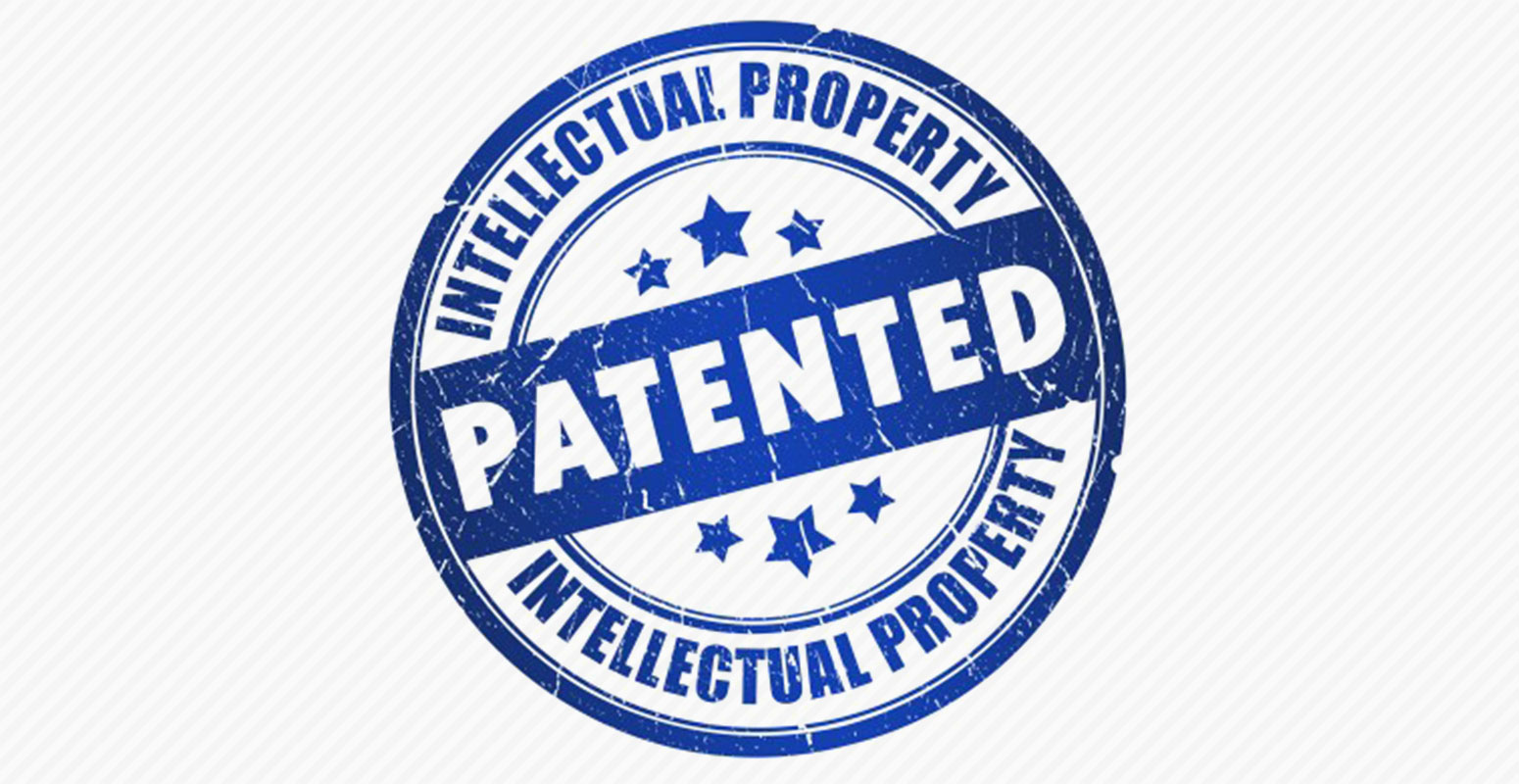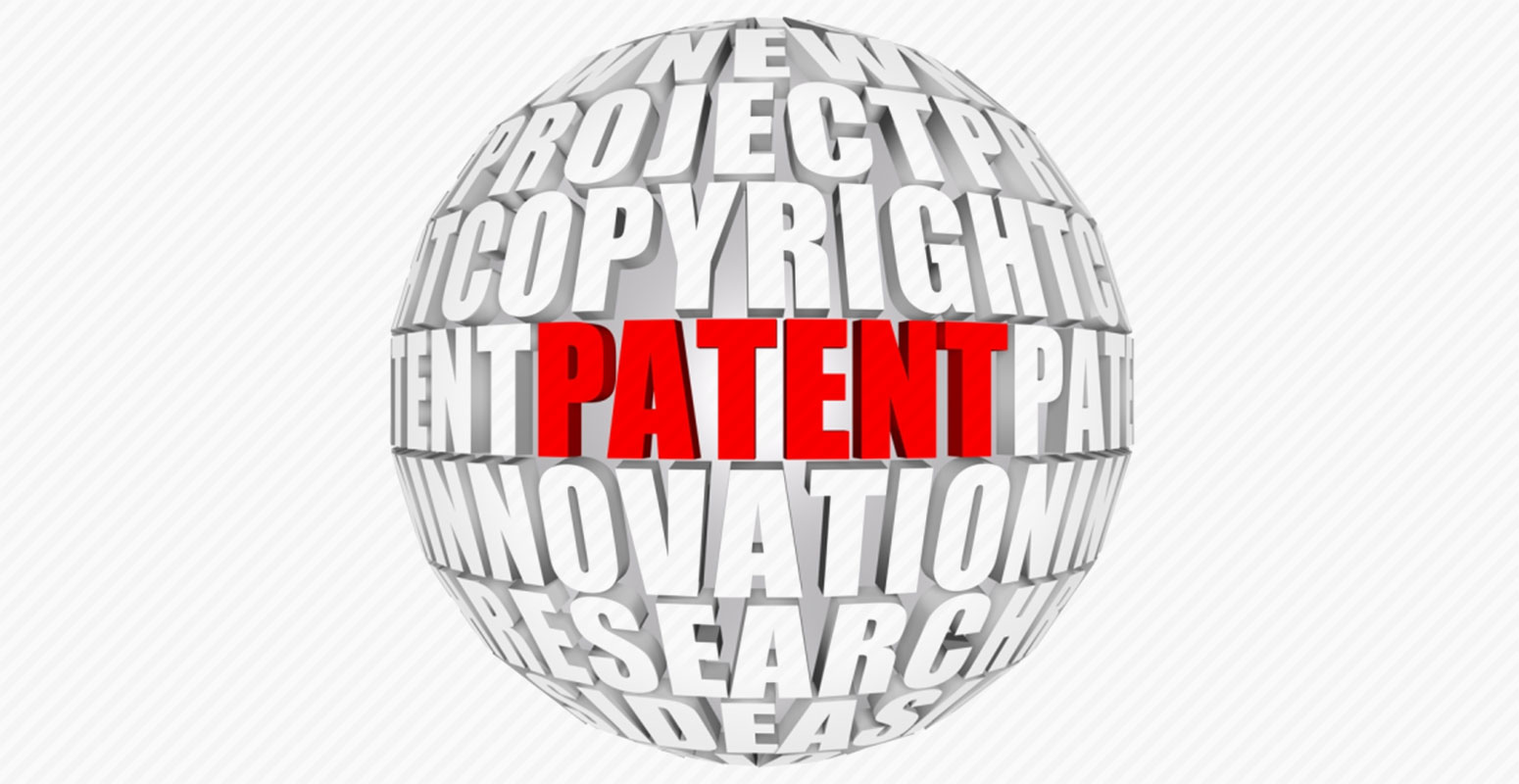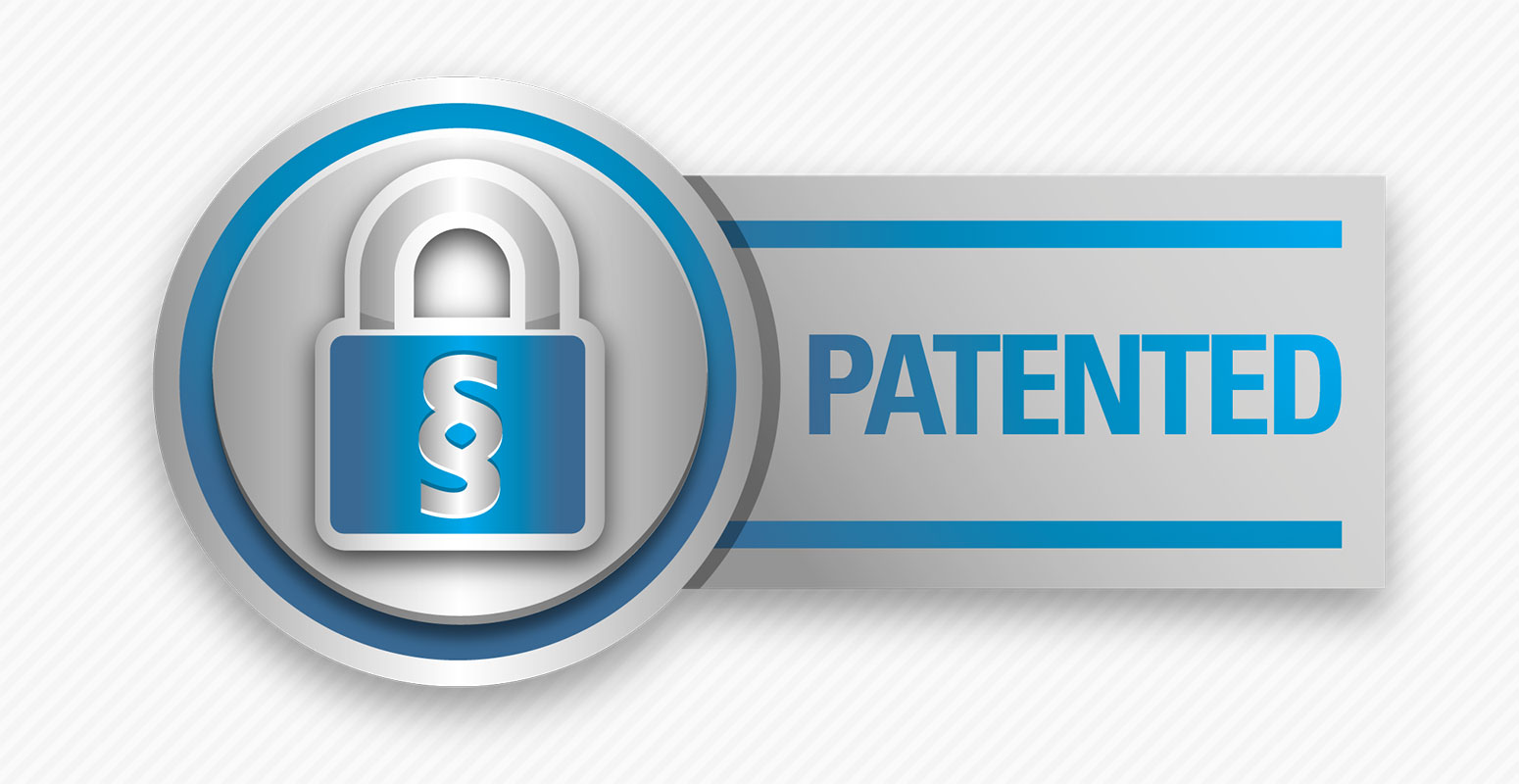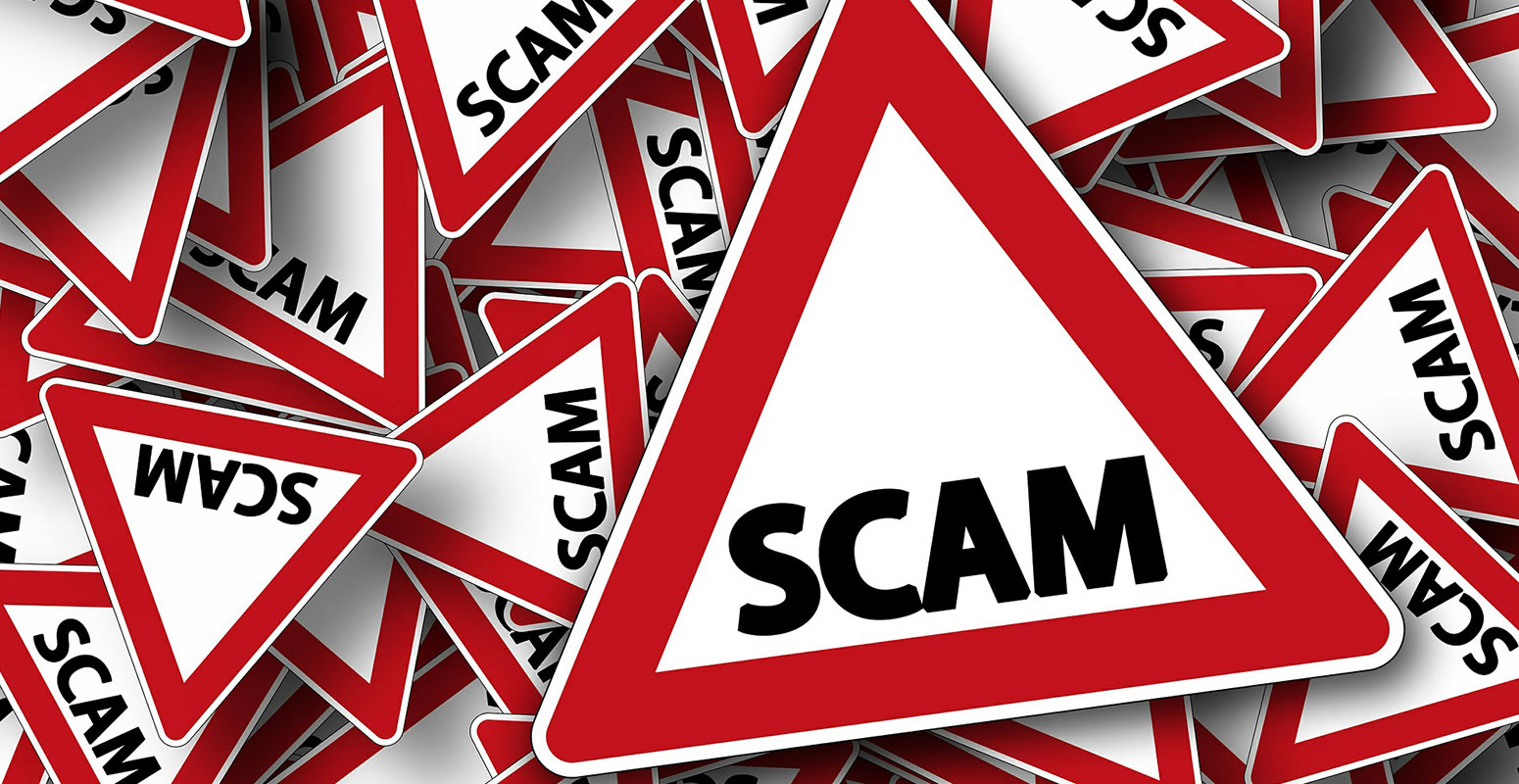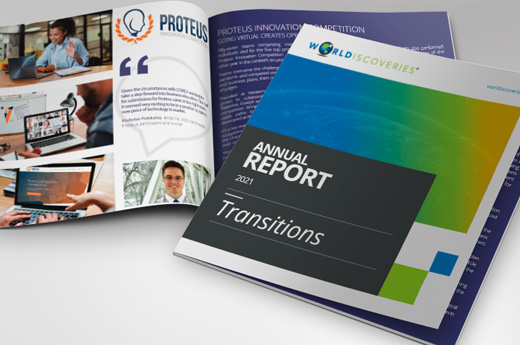Google AdWords is a form of pay-per-click advertising where advertisers can pay to associate their good and services with specific search words or phrases that Google users may input into a search. For example, when you search for “customized golf ball” through Google, not only do you see straight (or ‘organic’) search results, you will also be presented with sponsored links from relevant retailers – either as text ads (the ones displaying “Ad” before the URL) or image ads (the pictures on the right of the results). Google receives revenue from the advertisers each time someone clicks on one of the sponsored ads to go to that page. The placement of sponsored ads is determined by a bidding process – advertisers identify keywords they wish to bid on and specify an amount they will pay to Google if the user ultimately clicks through the link to the advertiser’s website.
Google has a system for ranking ads when multiple advertisers select the same keyword, the details of which can be found on Google’s website. Adwords has evolved into Google’s main source of revenue (claimed to represent 98% of its annual revenue) which exceeded USD $40 billion in 2012. It is safe to say it’s a big deal nowadays.
Read more




